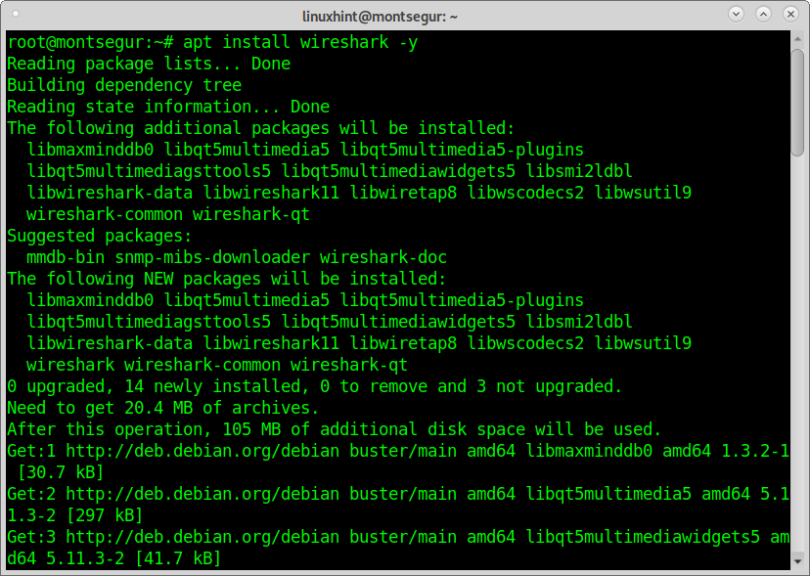
While static entries provide some security against spoofing, they result in maintenance efforts as address mappings for all systems in the network must be generated and distributed. Hosts don't need to transmit ARP requests where such entries exist. IP address-to-MAC address mappings in the local ARP cache may be statically entered. The simplest form of certification is the use of static, read-only entries for critical services in the ARP cache of a host. The attacker may choose to inspect the packets (spying), while forwarding the traffic to the actual default destination to avoid discovery, modify the data before forwarding it ( man-in-the-middle attack), or launch a denial-of-service attack by causing some or all of the packets on the network to be dropped.ĭefenses Static ARP entries
#ETTERCAP ARP REMOTE VS ARPSPOOF MAC#
Generally, the goal of the attack is to associate the attacker's host MAC address with the IP address of a target host, so that any traffic meant for the target host will be sent to the attacker's host. Then users would not know that the attacker is not the real host on the network.

ARP spoofing attacks can be run from a compromised host on the LAN, or from an attacker's machine that is connected directly to the target LAN.Īn attacker using ARP spoofing will disguise as a host to the transmission of data on the network between the users. The basic principle behind ARP spoofing is to exploit the lack of authentication in the ARP protocol by sending spoofed ARP messages onto the LAN. This behavior is the vulnerability that allows ARP spoofing to occur. There is no method in the ARP protocol by which a host can authenticate the peer from which the packet originated.

Even ARP entries that have not yet expired will be overwritten when a new ARP reply packet is received. Network hosts will automatically cache any ARP replies they receive, regardless of whether network hosts requested them. The destination machine with the IP in the ARP request then responds with an ARP reply that contains the MAC address for that IP. When another host's IP address is known, and its MAC address is needed, a broadcast packet is sent out on the local network. When an Internet Protocol (IP) datagram is sent from one host to another in a local area network, the destination IP address must be resolved to a MAC address for transmission via the data link layer. The Address Resolution Protocol (ARP) is a widely used communications protocol for resolving Internet layer addresses into link layer addresses.


 0 kommentar(er)
0 kommentar(er)
